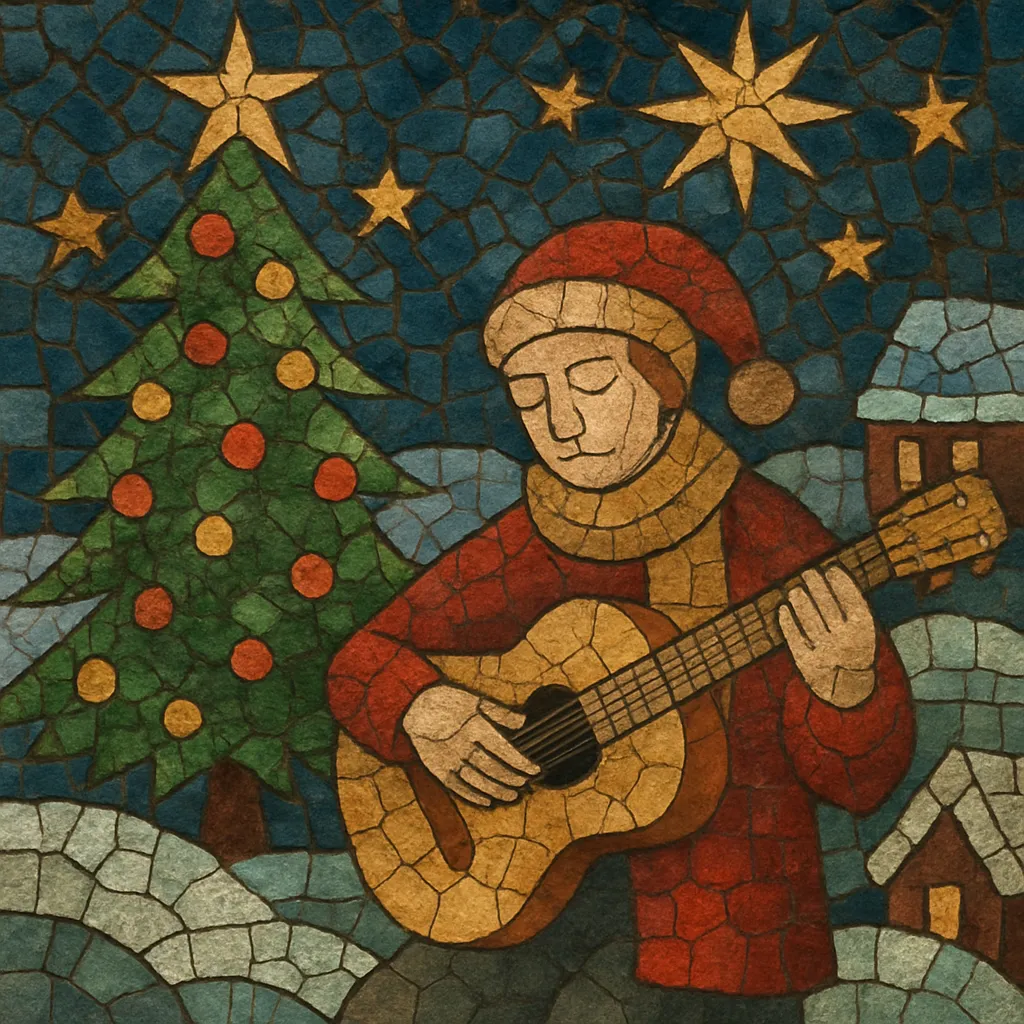
Christmas music is a body of sacred and secular repertoire associated with the celebration of Christmas and the winter season. It spans medieval carols, liturgical hymns, and oratorios through to 20th‑century Tin Pan Alley standards, crooner ballads, jazz‑swing arrangements, pop hits, gospel renditions, and contemporary acoustic or R&B interpretations.
Stylistically it is diverse but often shares warm, nostalgic melodies, memorable choruses, and lyrics that reference the Nativity story, peace and goodwill, family gatherings, winter imagery, and figures like Santa Claus. Sleigh bells, choirs, strings, brass, and glockenspiel/celesta are common coloristic touches, while harmony ranges from simple I–IV–V progressions to richer jazz voicings. Its seasonal recurrence has made it a cultural tradition that reappears annually across radio, streaming, film, advertising, and public spaces.
Christmas music coalesced in medieval Europe, especially in England, through vernacular carols that blended dance‑like rhythms with devotional texts. Earlier roots include Latin hymns and plainchant, later evolving into polyphonic carols sung in both church and communal settings.
The Baroque era brought large‑scale sacred works tied to the season, such as oratorios that were performed during Advent and Christmas. Through the Classical and Romantic periods, composers wrote anthems, motets, and arrangements of carols for choir and organ, cementing a sacred concert tradition alongside parish singing.
In the early–mid 20th century, Tin Pan Alley and Hollywood popularized secular Christmas songs, creating standards that fused jazz harmony, crooner vocals, and lush orchestration. Radio, records, and later television helped establish an annual canon—swing bands, big‑band singers, and easy‑listening orchestras all contributed to the sound.
From the 1950s onward, country, R&B, rock, and pop artists recorded Christmas albums and singles, expanding the repertoire to include novelty songs, rockabilly and doo‑wop carols, soul‑gospel ballads, and orchestral pop. The late 20th and early 21st centuries saw continual refreshes—acoustic singer‑songwriter treatments, a cappella arrangements, contemporary R&B/pop hits, and cinematic productions.
Today Christmas music is a global, multi‑genre tradition. Streaming has revived interest in both classics and new originals each season, while film, retail, and community performances sustain its social presence. The genre remains anchored by its dual sacred‑secular identity and an enduring focus on warmth, generosity, and celebration.

